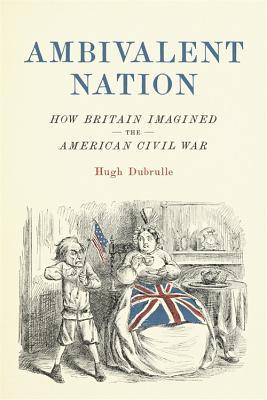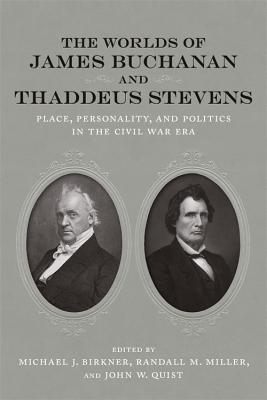
Part of Series
During the Civil War, private printers in both the North and South produced a vast array of envelopes featuring iconography designed to promote each side's war effort. Many of these "covers" featured depictions of soldiers, prominent political leaders, Union or Confederate flags, Miss Liberty, Martha Washington, or even runaway slavesùat least fifteen thousand pro-Union and two hundred fifty pro-Confederate designs appeared between 1861 and 1865. In Patriotic Envelopes of the Civil War, the first book-length analysis of these covers, Steven R. Boyd explores their imagery to understand what motivated soldiers and civilians to support a war far more protracted and destructive than anyone anticipated in 1861. Northern envelopes, Boyd shows, typically document the centrality of the preservation of the Union as the key issue that, if unsuccessful, would lead to the destruction of the United States, its Constitution, and its way of life. Con federate covers, by contrast, usually illustrate a competing vision of an independent republic free of the "tyranny" of the United States. Each side's flags and presidents symbolize these two rival viewpoints. Images of presidents Davis and Lincoln, often portrayed as contestants in a boxing match, personalized the contest and served to rally citizens to the cause of southern independence or national preservation. In the course of depicting the events of the period, printers also revealed the impact of the war on females and African Americans. Some envelopes, for example, featured women on the home front engaging in a variety of patriotic tasks that would have been almost unthinkable before the war. African Americans, on the other hand, became far more visible in American popular culture, especially in the North, where Union printers showed them pursuing their own liberation from southern slavery.


